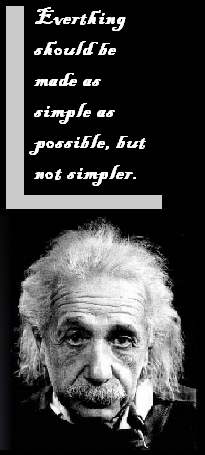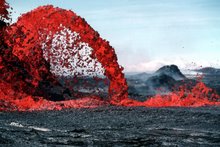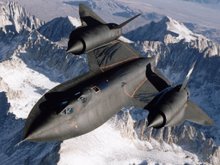The Ultimate How to Guide
I started a new blog entitled The Ultimate How to Guide. I will answer ANY How do I? question. Free answers to the worlds toughest questions.
To kick it off I will use some of my own random scenarios.
The first four will cover: How to invade planet Earth with a spaceship, a swiss army knife, and a playstation 2; How to cook food in the jungle using magnets; How to fight a bear using only sticks; and How to swim under water indefiantely.
You can visit the site through this link: Ultimate Guide
or through my profile: The Videoist
Sumbitions welcome.
This is the story of why I started it.
It all began when I took a chemistry class where I learned that acetone can dissolve styrofoam. From there I decided that my video blog needed an exciting video promoting it, and something that still would be fun to watch 10 years in the future.
See "http://runalot.blogspot.com/2007/05/styrofoam-versus-wind-wwater-and-fire.html"
So then I realized that information is only one piece of the puzzle. The internet is chock full of information, yet something or someone needs to make it usefull, such as google. The organization of information is the next step to facilitating dramatic change. Next is extrapolation of the data, interperting into something usefull.Most times we do this automatically. For instance when we look up a certain word in google such as fashion and are directed to a more specific site such as forever21 then we say hey that shirt looks spectacular because... using previous information.... I'd certainly look amazing in it, so I'll buy it.
Does the automatic integration of information destroy great ideas? We are limited by what we know. Stoping to review first we have the collection of information, then the organization which enables a precise selection, then integration with other information leading to a decision to combine ideas.
Collect
Eliminate
Integrate
Decide
The last step is where the how-to idea fits in. How do you combine the data? and in what ways? So you want to build a new ultra-efficent engine. What is the first step? The 23rd?
This site will investigate The Mechanics of How-To create a 6 cycle engine that runs on water and gets 40 percent more power. Through this we will understand how the assembling of information takes place. For interest we will also examine another engine that runs on very explosive hydrogen gas (prototypes made), and a thrid engine that runs on pure air. (in testing phase, it invovles cosmic rays being transferred into energy through the absorbtion of radiation.)




No comments:
Post a Comment